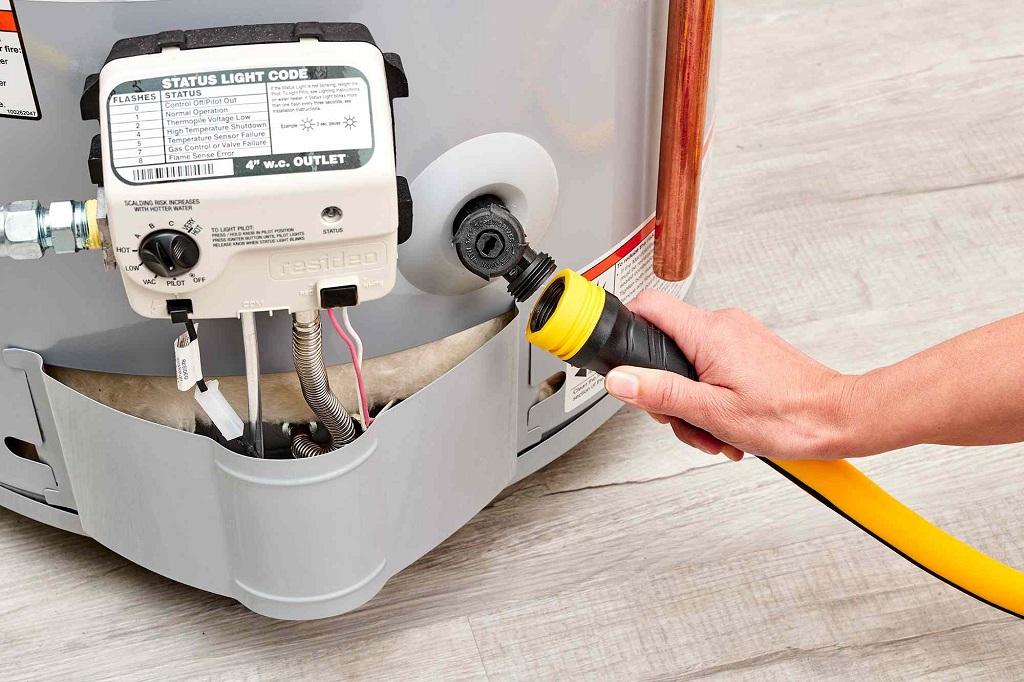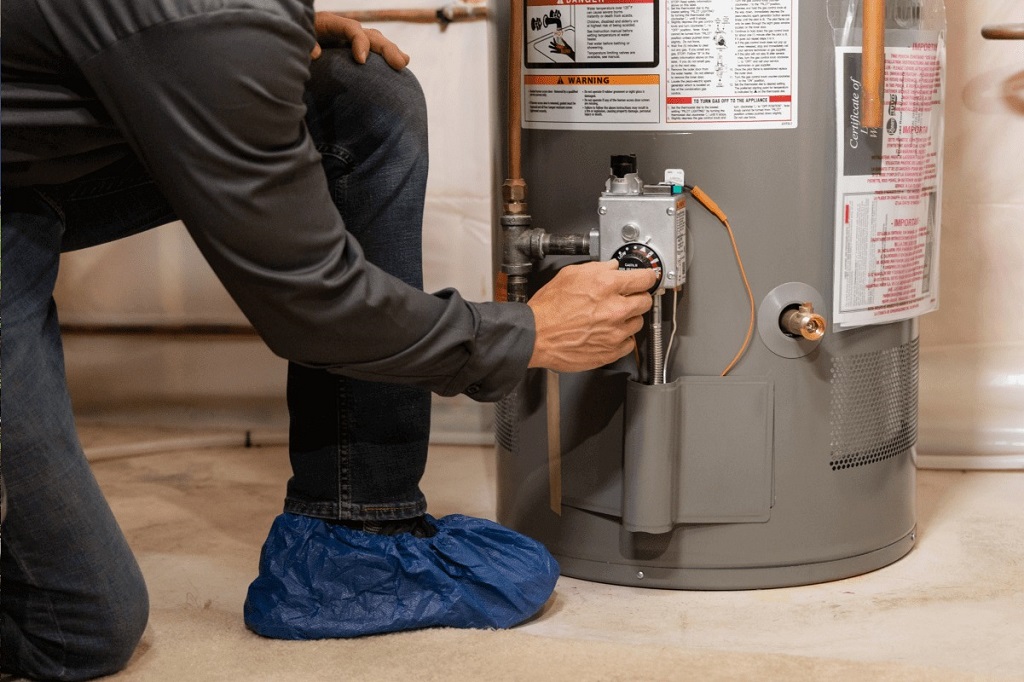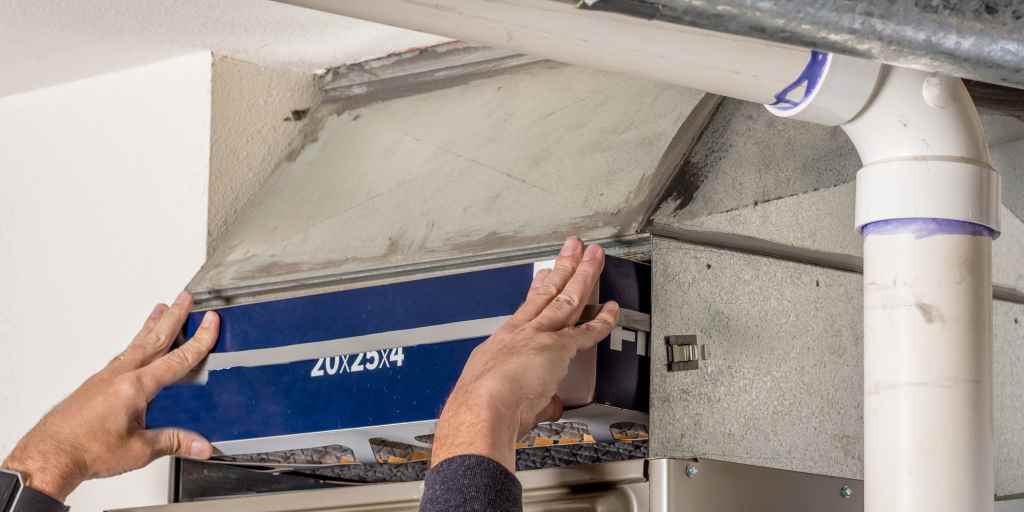Neglecting water heater maintenance might seem harmless, but it can lead to significant problems. Water heaters are essential for daily comfort, yet many homeowners overlook the importance of flushing them regularly to remove sediment. But what happens if you never flush your water heater to remove sediment? Let’s delve into the hidden dangers, explore practical solutions, and keep your home safe and efficient.
Explore expert advice and learn from resources like Vincent James Homes to uncover the best water heater maintenance tips and ensure you avoid costly mistakes.
Understanding Sediment Buildup in Your Water Heater
Sediment accumulation is a natural byproduct of heating water, especially in areas with hard water. Minerals like calcium and magnesium precipitate out of hot water and settle at the tank’s bottom. Over time, this creates a thick layer of debris that can affect your water heater’s performance.
How Does Sediment Build Up?
- Water Hardness: High-mineral water increases the rate of sediment buildup.
- Heating Processes: Repeated heating causes minerals to separate and settle.
- Lack of Flushing: Without routine flushing, layers accumulate and harden.
Why Should You Care?
Ignoring sediment buildup can result in:
- Reduced heating efficiency.
- Increased energy bills.
- Premature wear and tear on the tank.
Effects of Ignoring Water Heater Flushing
Neglecting this vital maintenance task can lead to a domino effect of issues. Here’s a closer look at the consequences.
Energy Efficiency Drops
When sediment covers the heating element or forms an insulating layer at the bottom, your water heater has to work harder to heat the water. According to the U.S. Department of Energy, sediment buildup can increase energy consumption by up to 25%.
Reduced Hot Water Supply
As sediment fills the tank, it reduces the space available for hot water storage. You might notice lukewarm water during showers or shorter availability of hot water.
Noisy Operation
Sediment traps water beneath it, causing popping or rumbling sounds during heating. This noise isn’t just annoying—it’s a warning sign that your heater is under strain.
Shortened Lifespan
The additional stress on your water heater reduces its lifespan. Tanks that aren’t flushed may last 3-5 years less than their well-maintained counterparts.
Costly Repairs or Replacement
Ignoring sediment can result in expensive repairs or a full replacement. The average water heater replacement costs $1,200–$2,500, depending on the size and type.
How to Prevent Sediment Problems
One of the simplest yet most effective methods is regular flushing. But many homeowners wonder, “What does flushing involve?”
The Flushing Process
- Turn Off Power and Water: Safety first! Disconnect electricity or gas and close the water inlet valve.
- Drain the Tank: Attach a hose to the drain valve and empty the water into a safe location.
- Flush with Fresh Water: Open the cold water valve to rinse away lingering sediment.
- Refill and Restart: Close the drain valve, refill the tank, and restore power.
If you’re curious about related home maintenance, check out this guide on how to remove a tub stopper for expert advice.
Read More Also: Why Neutral Colors Are the Timeless Choice for Home Interiors
Risks of Never Flushing Your Water Heater
Failing to flush your water heater leads to more than just inefficiency. Let’s explore the broader impacts.
Health Risks
Sediment can harbor bacteria like Legionella, which thrives in warm, stagnant water. These bacteria pose serious health risks, including Legionnaires’ disease.
Structural Damage
Hardened sediment, known as scale, can corrode the tank lining. Over time, this weakens the structure, increasing the risk of leaks or bursts.
Environmental Concerns
Using more energy due to inefficiency isn’t just costly; it also contributes to higher carbon emissions. Regular maintenance is an eco-friendly choice.
How Often Should You Flush Your Water Heater?
Experts recommend flushing your water heater at least once a year. However, homes with hard water might need biannual maintenance. Regular checks by a licensed plumber can also help spot potential issues early.
Tips for Maintaining Your Water Heater
A proactive approach can extend your water heater’s life and save you money.
- Install a Water Softener: This reduces mineral content in your water, slowing sediment buildup.
- Check Anode Rods: Replace worn anodes to prevent rust and corrosion inside the tank.
- Monitor Temperature Settings: Keeping the thermostat at 120°F reduces mineral precipitation.
- Schedule Professional Inspections: An annual checkup ensures your water heater operates safely and efficiently.
Why Regular Maintenance Matters
Ignoring water heater care isn’t just a gamble with efficiency—it can also affect safety. A well-maintained water heater is quieter, more reliable, and lasts longer. Plus, it’s a small investment compared to the cost of repairs or replacement.
FAQs
What is sediment in a water heater?
Sediment consists of minerals that separate from water during heating, forming a layer at the tank’s bottom.
How do I know if my water heater needs flushing?
Signs include strange noises, reduced hot water output, and higher energy bills.
Is it safe to flush a water heater yourself?
Yes, but follow safety precautions or consult a professional for guidance.
Can sediment damage my water heater permanently?
Yes, excessive sediment can corrode the tank and cause leaks or bursts.
What happens if I never flush my water heater?
Expect reduced efficiency, higher bills, and a shorter lifespan for your unit.
How much does professional water heater maintenance cost?
It typically ranges from $75–$150, depending on your location and tank size.
Conclusion
Flushing your water heater to remove sediment is not just a maintenance task; it’s an investment in your home’s efficiency, safety, and longevity. Neglecting this simple step can lead to higher costs, environmental impact, and health risks.






